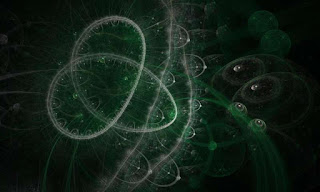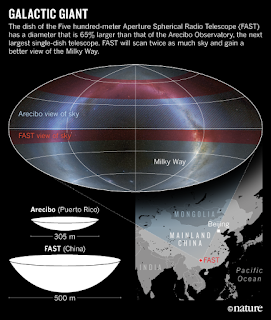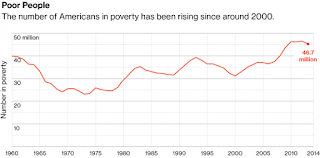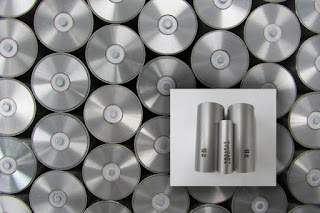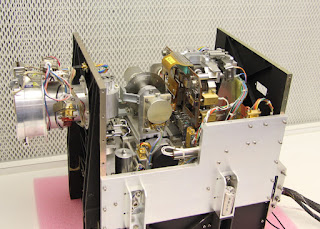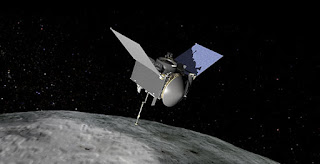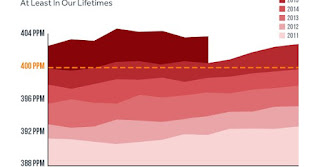 |
| Image Source: Link below |
Topics: Climate Change, Existentialism, Global Warming
I can callously not care: after all, giving patterns in my own family, I'm doubting I'll be here in 2050 (88) or 2100 (138) especially. I would like to think my remains - reclaimed in promession - will be aiding a Maple tree with nourishment and growth.
However, there is a strong possibility my children will be here, and so will in turn any children they may procreate.
Resources are strained as we have overachieved in the Biblical mandate "be fruitful and multiply"in a society that encourages consumption, eschews conservation and praises waste. This naturally leads to income disparity and hoarding and callousness by the 1%. John Calhoun's experiments with our rodent cousins he wrote up in 1962 (joy: the year of my birth) was likely used as source material for many Dystopian novels. The bridge from Utopian to Dystopian society had the coined apropos name "behavioral sink."
Despite the best wishes of Stephen Hawking, we're not at the point of sub-light or warp travel. And, what about our behaviors would change to where we wouldn't become "Manifest Destiny" intergalactic locusts, in due time with colonial capitalism ravage yet another habitable planet?
I can't "complete the circle of life" nourishing a tree on a dysfunctional planet.
The bad news: Earth's climate change problem just passed a point of no return. Atmospheric carbon levels have passed 400 parts per million, and they won't return to more environment-friendly levels "ever again for the indefinite future."
The good news? Oh, wait, no. Sorry. We're pretty screwed.
We already knew it was bad. After all, in the last 20 years, humanity destroyed 1.27 million square miles—10 percent—of the Earth's wilderness. Climate change has "devastated" 93 percent of the Great Barrier Reef. The world's so screwed that genius Stephen Hawking recently claimed that "the human race has no future if it doesn't go to space."
But now we really, really know we're in trouble. Scientist Ralph Keeling, who's in charge of the Scripps Institute for Oceanography's carbon dioxide monitoring program, wrote in a blog that "it already seems safe to conclude that we won’t be seeing a monthly value below 400 ppm this year—or ever again for the indefinite future."
Similarly, NASA's chief climate scientist Gavin Schmidt told Climate Central, “In my opinion, we won’t ever see a month below 400 ppm.”
A lot of problems come with climate change. Because of it, one-fourth of the Earth's species could be extinct by 2050. It also screws up food webs, as polar bears are finding out the hard way. Millions and millions of people will have to relocate due to rising sea levels, with scientists estimating that over 13 million Americans might have to move by 2100.
Complex:
Enjoy Earth While It Lasts: Atmospheric Carbon Levels Pass the Point of No Return
Mac MacCann
